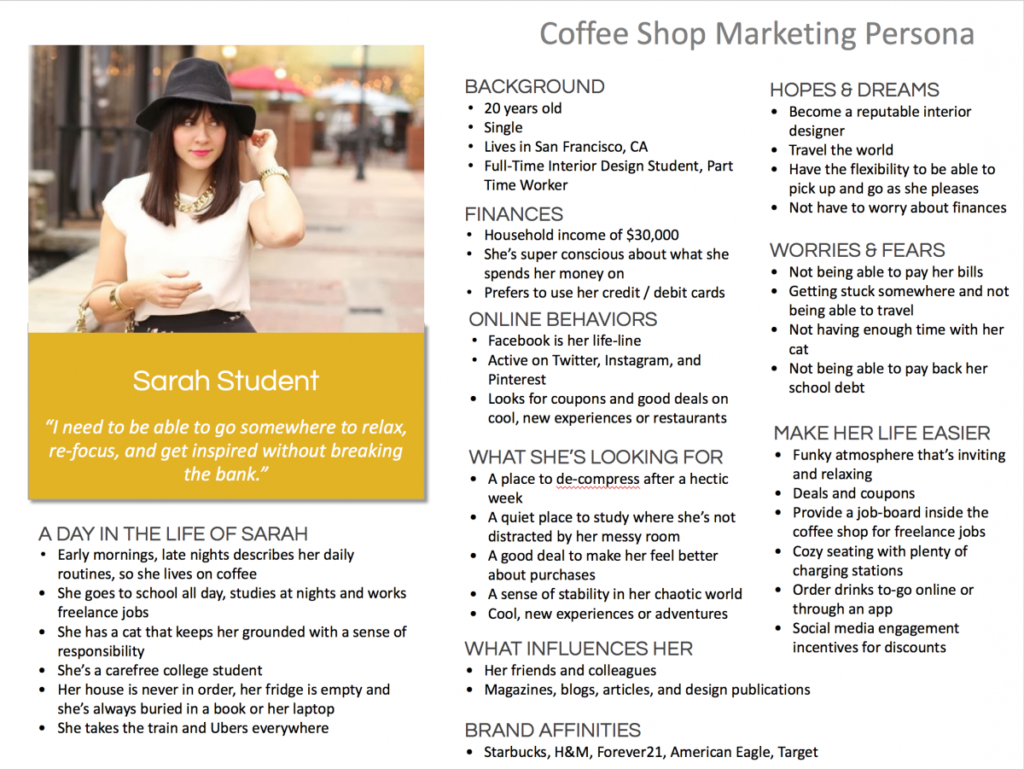
Three tips for researching your target market
Three Tips for Researching your Target Market
Knowing your primary target market helps inform every decision you make regarding your restaurant. The location of your restaurant as well as the concept all depend on who you aim to attract. The three tips in this article will explain how to research your target market, a task which is beyond crucial.
Why? You ask.
Well, to put it simply, the more you know about your target market, the more likely you can identify potential regular customers (without whom your restaurant’s future is unpredictable).
And remember, you’re not the only one vying for your target customers’ attention – your competitors want their business too.
Collecting demographic and lifestyle data about the people you want to serve gives you a better idea about their eating habits, the types of foods they like, and how much they can afford to spend. Strategising around this knowledge is vital for the growth of your restaurant.
So let’s dive right into it.
1. Start with Demographics, Psychographics and Lifestyle Information
To begin with, you should know who lives, works or visits the location where you want to set up your restaurant.
Put another way, researching your target market begins with a sound understanding of the demographics of the relevant population.
When researching demographics, consider these factors to identify demographic groups:
- average age,
- marital status,
- average disposable income,
- average household size,
- home ownership,
- education level,
- average rent,
- population trends,
- food and beverage sales, and
- major employers and industries.
You can get this kind of information from Google, local libraries, city planning offices and real estate agents. Or you can analyse census data.
We know nobody enjoys trudging through data. But when you want to attract customers to your restaurant, you have to know who they are, and this is a good place to start.
Apart from demographic data, you also want to research psychographics and lifestyle information.
Psychographics concern the attitudes, opinions, and values of your customers. How do they see themselves? What kind of habits do they have? How do they behave?
When analysing lifestyle information, consider the spending habits and hobbies of your potential customers. Where do they like to eat and how much are they happy to spend?
Demographic data, psychographic analysis, and lifestyle information are essential when researching your target market because the data will help you deduce feasible insights for your marketing strategy.
For instance, if there are a lot of students in your target area, a quiet cafe where they can study would be attractive to them. At the same time, we all know students love to chat at bubble tea shop, so a traditional cafe mainly serving coffee may not cut it if the students are feeling social.
Or maybe there are a lot of families in your area: a family-friendly cafe with a playground would be a good call in such a situation.
When you know how to research your target market, you can pick the right customers to attract, the right dishes to serve, and the right prices to charge. On top of that, you’ll be able to market more effectively.
2. Understand how competitive the market is
How many restaurants can your market area sustain?
A city filled with working couples who don’t have children could sustain many restaurants, particularly if they have large disposable incomes. The same can’t be said for a quiet suburb with many families, as they are likely to cook at home.
A saturated market may present some challenges, particularly if the economy starts to go down, and people stop eating out as much. The only way to beat an economic downturn is by differentiating yourself from your competitors.
To do this effectively, you should research your competitors. What are they selling? How much do they charge? What do your potential customers like about the competition? You could even visit these establishments yourself to experience first-hand why your target customers like to eat at those places.
If you know why successful restaurants in your target area are successful, and why failing restaurants are failing, that’s a great starting point. It means you know what certain restaurants are doing to turn their existing customers into regulars.
3. Create personas of your customers
With all the information you’ve gathered about your customers, you can now create what’s called a customer persona, also known as a buyer persona.
A customer persona is basically a comprehensive profile, and it looks something like this:
Creating a customer persona will help you develop your restaurant in a way that will satisfy the persona you have created.
Almost every decision you make would be informed by your customer persona. If you were updating your website, you would use the persona to improve the usability of the website, making it easier to use for the customers who frequently buy from you.
Your customer persona will also provide you with meaningful insights to use when marketing. For example, you will know what social channels your persona spends most of their time on, as well as what lingo to use to best appeal to them.
Collecting all the information about your customers and creating a profile is therefore a vital exercise that can help keep your customer at the forefront of all business development initiatives. To use your customer persona even more effectively, make sure you’re always researching your target market and updating the persona.
Conclusion
So whether you’re a budding restauranteur or not, researching your target market can lead to many opportunities for growth.
See what you can do to enhance what your customers like while reducing problem areas. In the long run, your customers will thank you for it by frequently eating at your establishment.
And of course, never stop collecting data, improving your buyer persona, and asking how you can improve your restaurant to attract even more customers.
To start you off on creating a buyer persona, check this article out for some templates like the one of Sarah, the Student.
Shopping at Interwaters.com
All in all, you can be sure that your target customers will want takeout and delivery options from your restaurant. Why? Because you researched their desires so well that they gobble up everything you sell without a second thought!
With that in mind, you’ve got to have some pretty great packaging to elevate the experience for them even more.
Are you looking for custom pizza boxes, or do you need bento boxes because your Japanese restaurant is a customer favorite and orders are going through the roof.
Whatever the case, get in touch with our team. We’ve got you covered.







